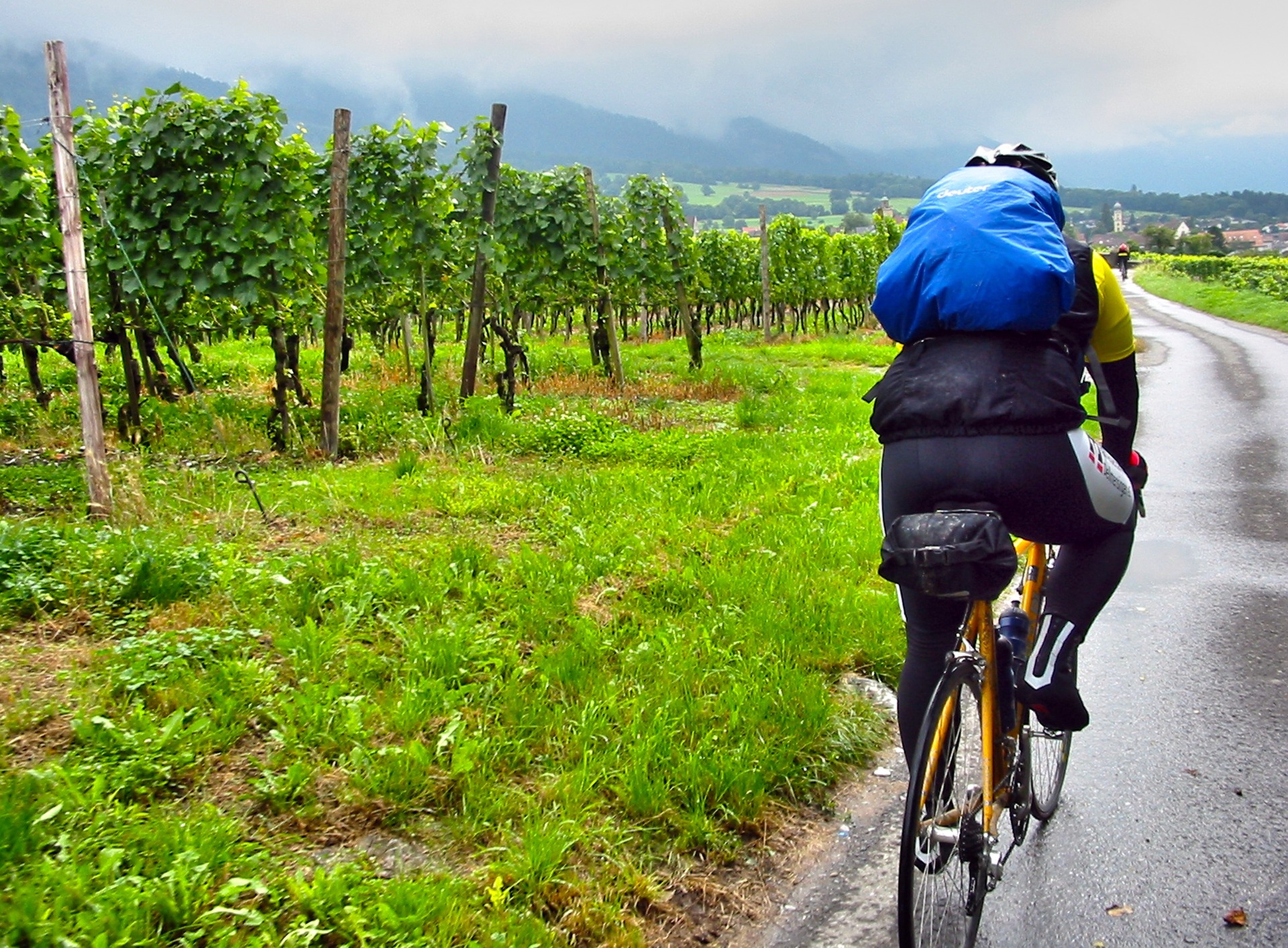
Bioswales at Rego Park in Queens. Image credit: NYC Water
On Nov. 10, the New York City Department of Environmental Protection (DEP) announced a major expansion of the city’s green infrastructure program. Over the coming months the city will accelerate the ongoing construction of approximately 2,000 specially designed curbside gardens, also known as bioswales, in Brooklyn, the Bronx, and Queens. This will add to the 255 bioswales already in the ground. Once completed, this $46 million project is estimated to capture more than 757,082 m3 (200 million gal) of stormwater each year. In addition to the bioswales, approximately 30 stormwater green streets will be built in underutilized roadway areas.
The bioswales and other green infrastructure elements are part of efforts by New York City to soften the impervious urban landscape and reduce the amount of runoff that would otherwise drain into the combined sewer system. Data collected from the city’s pilot programs has demonstrated that green infrastructure installations perform even better than anticipated.
New York City, like other older urban communities, is largely serviced by a combined sewer system. The city’s 14 treatment plants can manage and treat to federal Clean Water Act standards all the wastewater created in New York City on a dry weather day, or about 4.9 million m3 (1.3 billion gal) on average. On a rainy day they have the capacity to clean more than twice the dry weather flows. However, during intense precipitation events, the stormwater that falls on the city’s impervious surfaces exceeds that capacity and overflows can be discharged into local waterways.

Bioswales at Junction Blvd and Horace Harding. Image credit: NYC Water
Analysis shows that the city’s green infrastructure adaptive approach to improving the health of the city’s waterways, in addition to the ancillary sustainability benefits, can be achieved at a lower cost than a traditional strategy. In addition, some of these neighborhoods currently have less than average street tree counts and higher than average rates of asthma among young people. The increased tree canopy and vegetation created through the addition of the bioswales will help to improve air quality, provide shade during hot summer months, and beautify the neighborhoods.
DEP primarily builds bioswales in neighborhoods that are serviced by combined sewers. Within these neighborhoods, locations for the bioswales are initially chosen by DEP engineers who, armed with maps of the local water and sewer systems, walk the streets and identify sidewalk locations that are upstream of a catch basin and have the room necessary to accommodate a bioswale. This initial group of potential locations is then reviewed by the Department of Transportation to ensure that they meet all necessary pedestrian and vehicle clearance requirements. The Department of Parks and Recreation provides guidance on trees and planting plans. Soil samples are then be taken from the approved locations to ensure they can absorb the necessary amount of stormwater. The extensive survey and testing ensures that each site functions as designed. The locations that meet all these requirements will then be approved for construction.

Bioswales at Dean St and 4th Ave in Brooklyn. Image credit: NYC Water
Bioswales are built in city sidewalks and do not result in the loss of any parking spaces. They resemble standard street tree pits, except that they vary in size, have curb cuts that allow stormwater to enter and overflow, and have been designed in a way that will allow each to manage between 4,920 L and 11,356 L (1,300 and 3,000 gal) during a storm.
DEP has worked with the Departments of Transportation, Parks and Recreation, and Design and Construction to develop standard designs, specifications and procedures for building green infrastructure in New York City. During construction, the bioswales are excavated to a depth of 1.5 m (5 ft) and are then backfilled with layers of stone and engineered soil. These layers contain void spaces that store the stormwater and promote infiltration. The addition of hardy plants further encourages infiltration through root growth and increases the capacity of the bioswale through evapotranspiration. The bioswales are designed so that all the stormwater is absorbed in less than 48 hours.
Further, DEP provides funding to the Department of Parks and Recreation, which assigns maintenance crews dedicated to the upkeep of the bioswales, including trash removal, pruning the trees, and caring for the plants. Maintenance crews are active seven days a week and visit each bioswale approximately once a week. Additional crews will continue to be added as the program expands.













